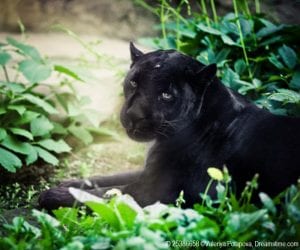Ever since I started volunteering at the Colorado Wolf and Wildlife Center in Divide, Colorado, I have been passionate about wolves. They are beautiful and intelligent creatures, each with a unique personality. In my time at the Center, I came to form special relationships with a few of them and also learned a lot about the status of wolves in America. With some wolf sub-species still near extinction it is important for us as people to learn how our actions impact their survival.
National Geographic journalist Douglas Chadwick describes the situation of wolves in America in his article, Wolf Wars. A number of expected natural factors, including disease and natural carrying capacity, impact the wolf population. However, human actions have the biggest impact on the wolf population in the United States. Wolves are hunted for sport, to artificially inflate big game population, and to protect livestock. In addition, wolves’ natural habitats are decreasing as well. Wolves need a lot of land; the territory of a wolf pack can range in size from about 100 square miles in the lower 48 states to over 1,000 square miles in Alaska. With increasing human land development, the natural habitat of wolves, which used to cover most of the United States, is shrinking. It was human involvement that caused wolves in America to nearly go extinct in the 1970s. Fortunately, wolves have had an incredible rebound in the last two decades and were taken off the endangered species list in 2011. But without the protections that come with being on the endangered species list, the population of wolves in America is again being threatened.
The benefits of a healthy wolf population reach beyond the species alone. In the video, “How Wolves Change Rivers,” we can see how the reintroduction of wolves into Yellowstone led to a healthier ecosystem: stronger elk herds did not overgraze, leading to an increase in younger trees and then eventually, healthier rivers. As Chadwick puts it, “the question is no longer how to get rid of wolves but how to coexist with them.”
Big predators such as wolves are necessary for a healthy environment, and with a growing US human population, co-existence is becoming even more important. Increasing education on human impact on the environment, and thus wildlife habitat, at a young age and dispelling negative stereotypes of animals like the “big bad” wolf are steps we can take to help end the human “wolf wars.” The sooner we make the connection between the human population and the population of our wildlife and health of our ecosystems, the better.



